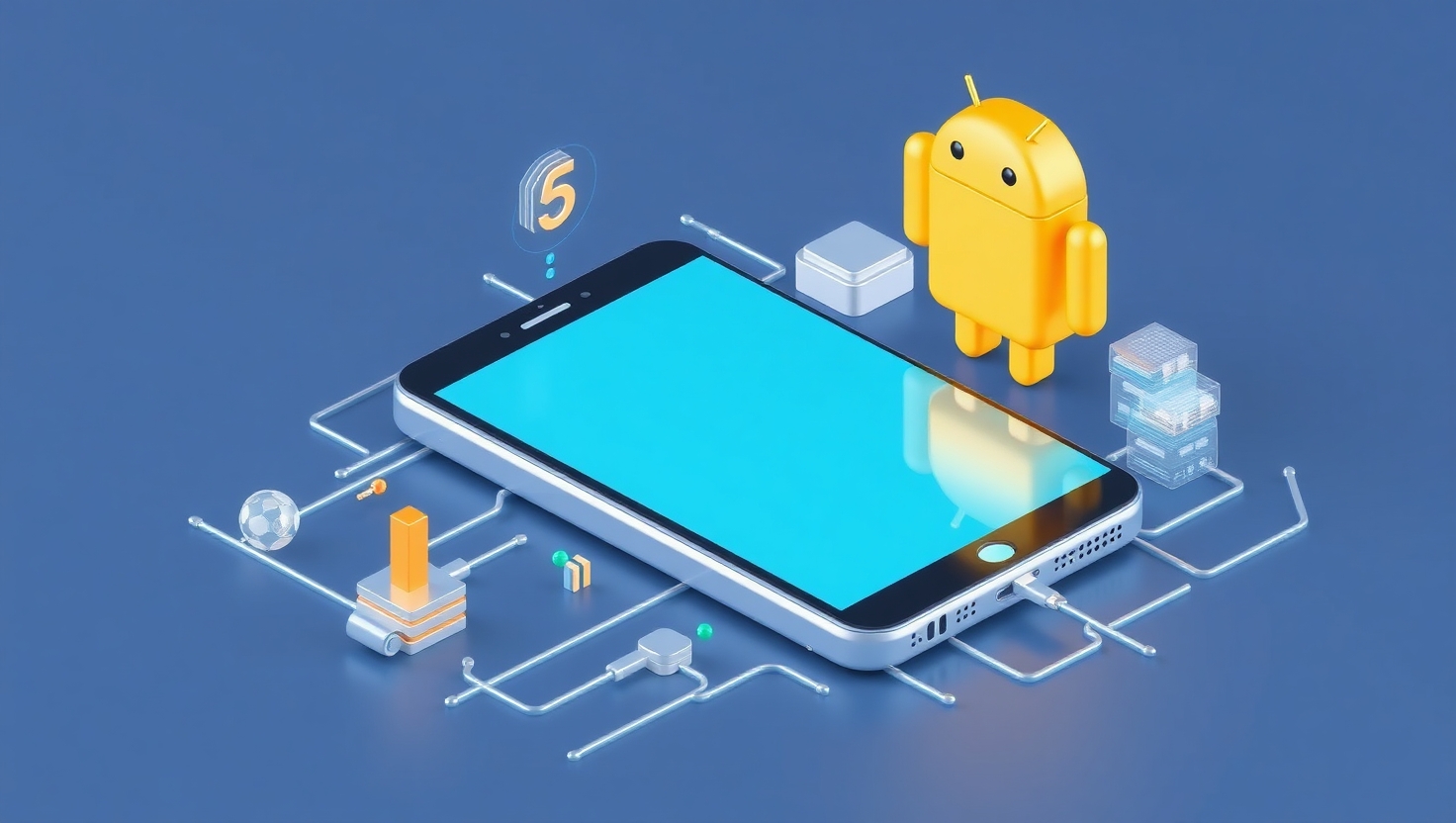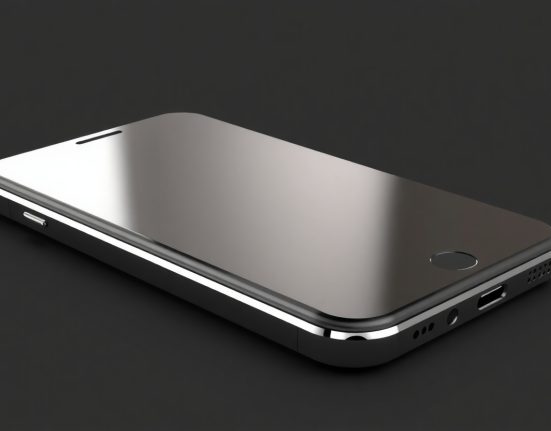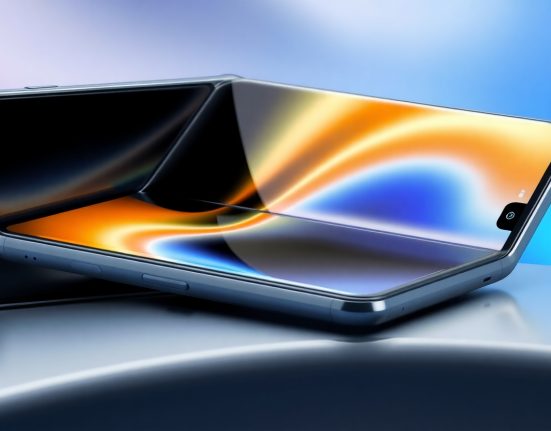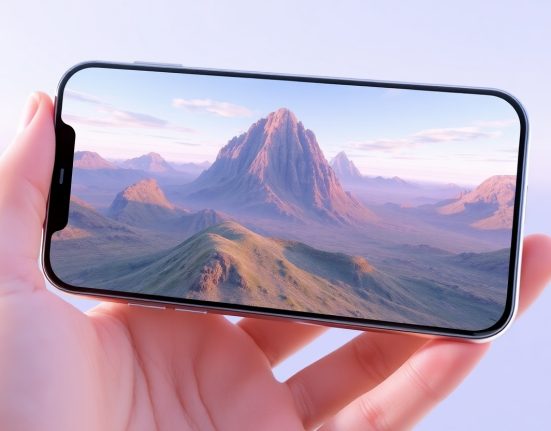When it comes to smartphones, it’s hard to ignore how system updates feel like a kind of tech magic. The moment a device gets a new version of its operating system, we rush to install it with the hope that it will bring real improvements. It feels like a fresh start, as if our old phone is getting a second life. But does that feeling actually match reality? Do system updates really boost performance or do they slowly weigh the device down over time?
The truth is more complicated than it seems. On one hand, updates definitely bring optimizations, bug fixes and security improvements that can make the device more stable. There are cases where older phones begin to run more smoothly, especially when the manufacturer takes the time to optimize for older hardware. On the other hand, as time goes on and the system versions get more advanced, they usually demand more resources. You get fancier graphics, more background processes and apps that start using more memory once they are updated to match the latest system. All of that affects how the phone feels day to day and sometimes leads to the sense that the device is aging faster than it should.
What’s really interesting is how all this plays out in the long run. Many people who install a system update notice an improvement at first but then slowly feel things getting worse. That’s not always because the phone is getting worse but rather because everything around it is changing. New apps are not always designed to run well on older phones. Background processes get heavier. Even the battery can be affected by updates that change how resources are managed and power is consumed. In some cases, updates re-activate services that were previously turned off which quietly puts more pressure on the system.
Still, it’s impossible to ignore the benefits. System updates help keep devices secure, protect against new vulnerabilities and offer new features that make using the phone more enjoyable. If a manufacturer puts real effort into it, users can feel the improvement even months later. The real question is how much energy is being invested in supporting older models and whether companies have an incentive to make sure that three or four year old phones still perform well. A lot of users feel that sometimes it’s a subtle strategy to push us toward upgrading.
That’s why when a new update arrives, it’s worth taking a moment to think. Check out reviews. Ask other users. Maybe wait a few days before installing. Not every update needs to be installed the second it’s available. And while it’s tempting to always have the latest version, sometimes the one you’re using now is already good enough.














